Should bedside tables always match? Interior designers on whether to mix things up or keep things symmetrical
Interiors designers weigh in on whether to mix up your bedside tables for individuality, or keep things paired for a classic look
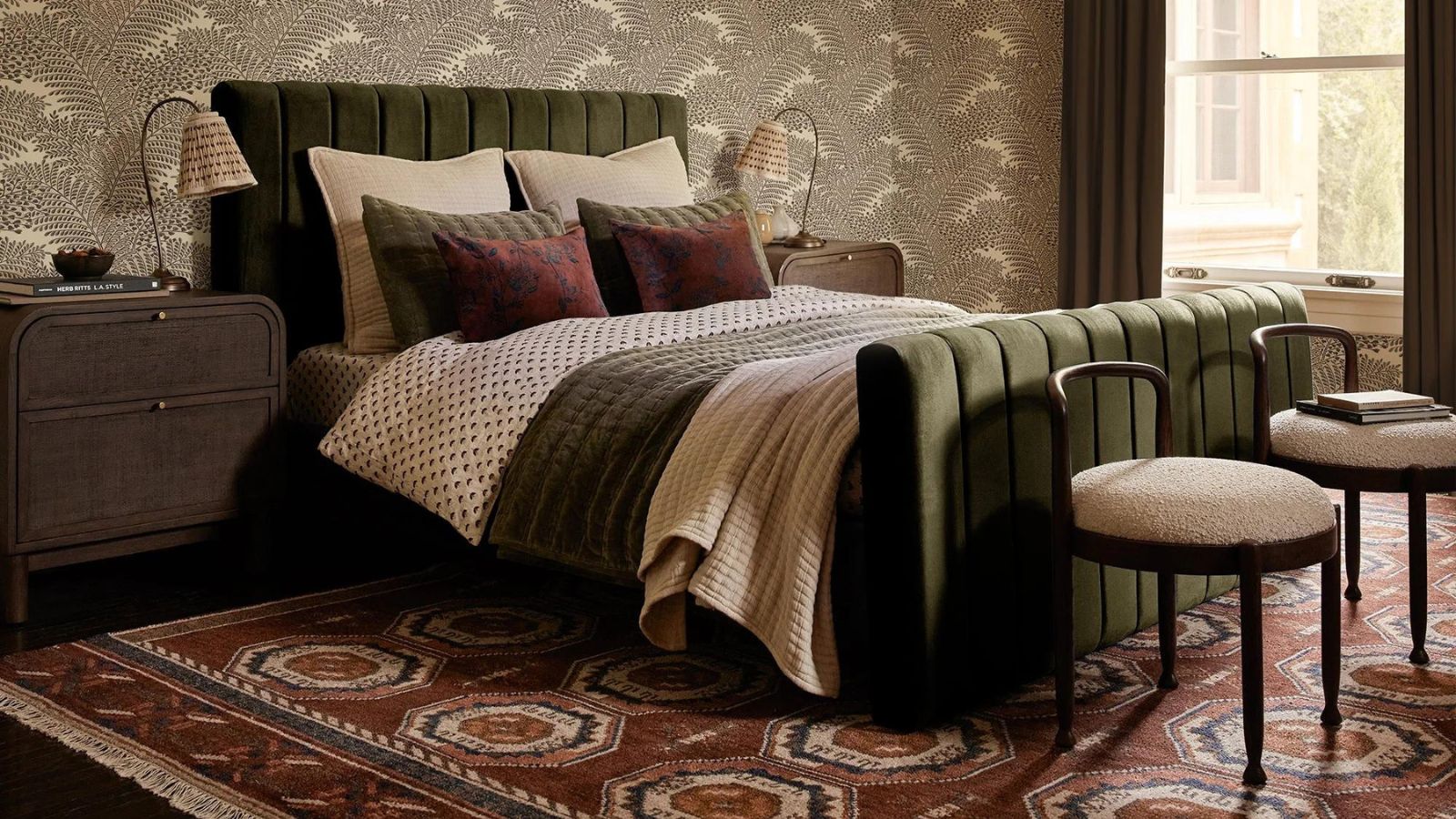

After so many years restricted to only traditional matching nightstands, bedside tables have undergone a bit of a renaissance in the last decade. It’s become more and more common to see individual pieces and mismatched furniture that still manages to blend in with the existing culture and feel of the bedroom.
Of course, that’s not to say that matching bedside tables don’t still have a place. It’s all about choosing the right fit for your own personal bedroom design. And, in many situations, matching tables can be a winning formula.
With so many bedside table ideas around though, it can be hard to know whether to mix or match. Fortunately, our interior design experts were on hand to offer their viewpoints on what to choose.
Should bedside tables always match?
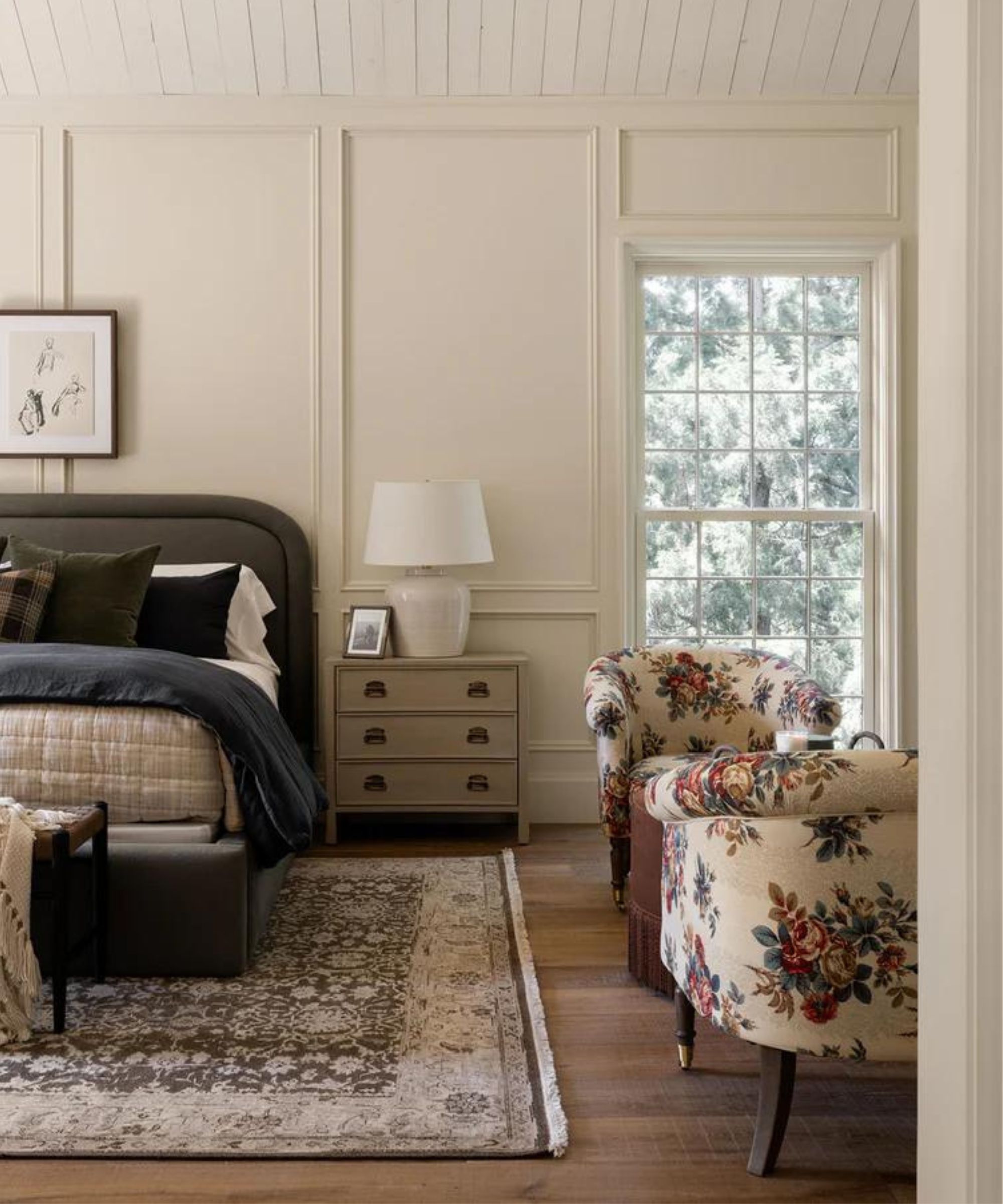
In short, no – bedside tables shouldn’t always match as Sarah Latham of Latham Interiors says, ‘Mismatching bedside tables creates a fun found look and adds character to a room.’
But, as with all things interior design, integrity and personal vision are key. If you do decide to mix things up, be brave! ‘Design rules can be bent, and ultimately, what will make your bedroom feel complete is your personality,’ says Nick Cryer of Berkeley Place. ‘The mix of styles, while varied, will reflect your individual taste and create a space that feels uniquely you.’
‘Nightstands are essential in a bedroom, but it doesn’t mean they need to be identical. While it might seem natural to opt for matching nightstands, mixing and matching bedside tables can introduce a new dimension to your room, giving it a more personalized and dynamic feel. Choosing different styles allows the nightstands to set the tone and character of your sleeping space.’
Think about balance
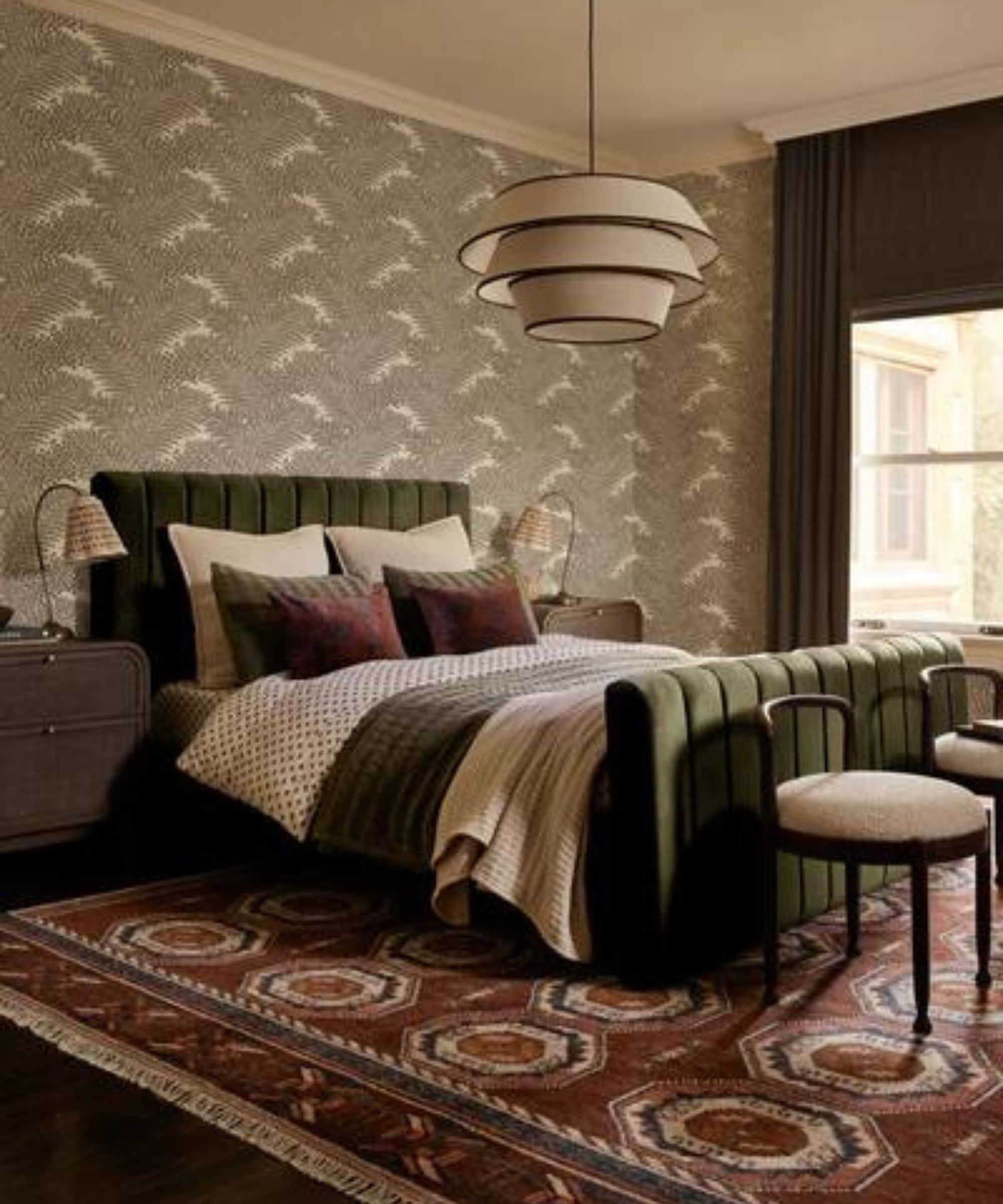
Successful interior styling adds balance and harmony to a space, and you can extend this to your bedside tables as well. Whether you’re choosing to match your tables or blend different styles together, you don’t want to create any jarring aspects in your bedroom. ‘The key is balance,’ says Martin Waller, founder of global design house Andrew Martin, ‘ensuring that while the bedside tables may differ, they still complement the overall aesthetic of the space. In the end, it’s not about following rules but about curating an environment that feels rich, layered, and deeply personal.’

Stylist Pippa Jameson, also feels it’s important for bedside tables to work together for balance and feel, ‘Bedside tables are rarely seen together when entering a bedroom, as people typically enter from either the left or right. Because of this, it’s perfectly fine for them to differ as long as the difference feels intentional.'
'For example, even if not identical, two vintage-style tables can look fantastic together as long as they complement each other in some way. For the best results, I would ensure the tables have similar heights. Although having different styles is justified, maintaining the same height is important for balance.’
‘Similarly, in a bohemian-style room, a painted wooden side table could work well next to another piece if they share similar colors. Once again, the key is maintaining similar height, style, and size to keep the room visually and compositionally balanced.’
Don’t forget practicality
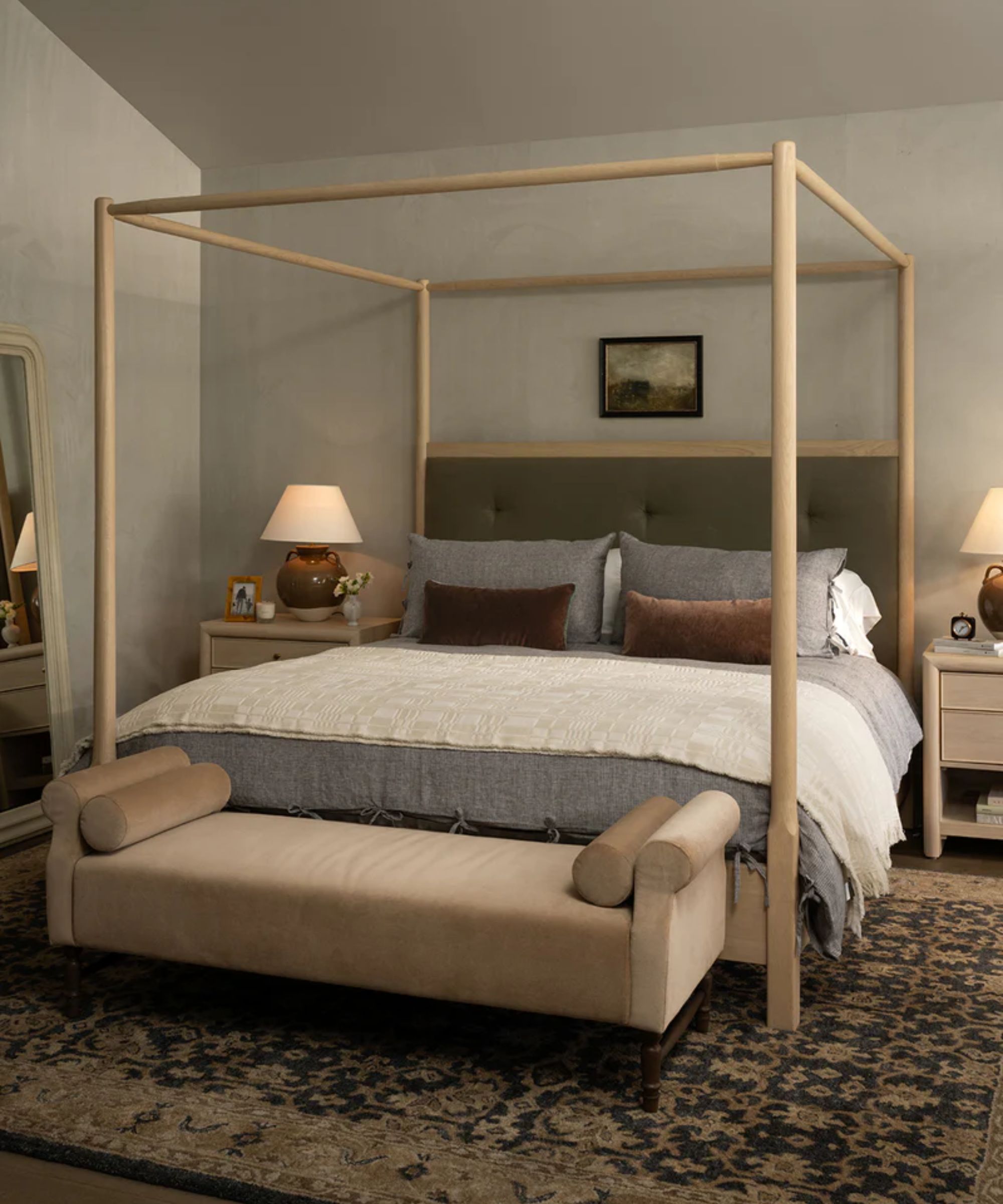
‘While you’re caught up in the design process, don’t forget that nightstands serve a practical purpose,’ reminds Nick Cryer. ‘They should provide adequate storage for your personal items while keeping clutter out of sight so the unique beauty of your furniture can shine.’
Shelby Van Daley of Daley Home sees functionality as a conscious design decision, ‘We love a matchy, matchy bedside table moment when your bedroom has asymmetrical elements such as a corner window. We love the design direction of the nightstands not stealing the show but providing a balanced and practical purpose.’
Practicality and functionality don’t have to ruin the lines of your bedroom either – our guide to DIY hacks to make your bedside table more functional will leave you with beautiful furniture that still fulfills a purpose.
Find a common thread

Decorating with vintage is always on trend and bedroom furniture is one of the things that designers recommend you try and thrift. But if you’re planning to use unique pieces for your bedroom, you still want to have furniture that works together. As Nick Cryer explains, ‘Look for details that will tie the room together. Whether it’s a shared colour, finish, or even the hardware on the furniture, having one element in common can bring cohesion to a space, even when the pieces are different in size, shape, or material.’
Designer Matt Dixon, agrees, ‘It always seems that the vast majority of people want things in their homes to match, and I get that it makes for a cohesive, smooth interior, however I don’t think it needs to be so rigid. Design periods have always taken influence from designs gone by, so matching style doesn’t mean it has to match age which opens up a little bit of freedom to find complimentary pieces from different ages of similar influence.'
'Matching bedside tables to me should follow this relaxed nature. Interesting pieces with some form of connection, be it texture, nature or colour can work perfectly together and certainly don’t need to match. Its design. Have fun with it.’
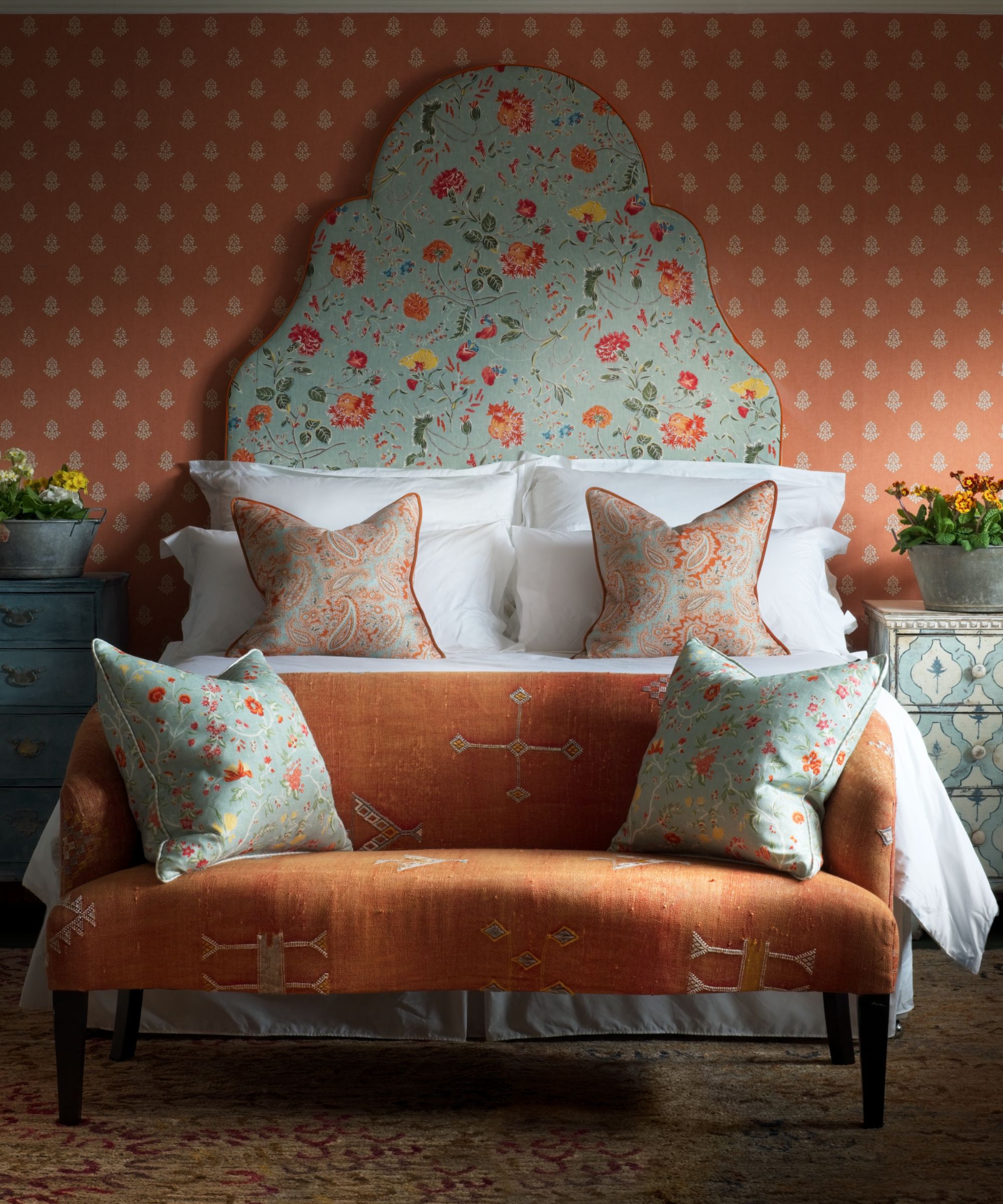
Kathy Kuo, of Kathy Kuo Home recommends staying in the same design style for consistency, ‘As long as it's done with intention, there's no reason not to mix bedside tables. My recommendation would be to stay within the same general design style when mixing bedside tables.
'For example, if you have a French Country style bed and want to mix the nightstands, go with two French country nightstands or side tables. You may also want to stay within the same colour palette and aim for a similar height.’
Designer Claire Garner, sums up, ‘If you do decide to choose non-matching tables, it's still important to maintain a sense of cohesion by ensuring they share some common elements, such as similar materials, colors or heights. This way, the room will feel balanced, even if the pieces themselves are distinct.’
Work with the space you have
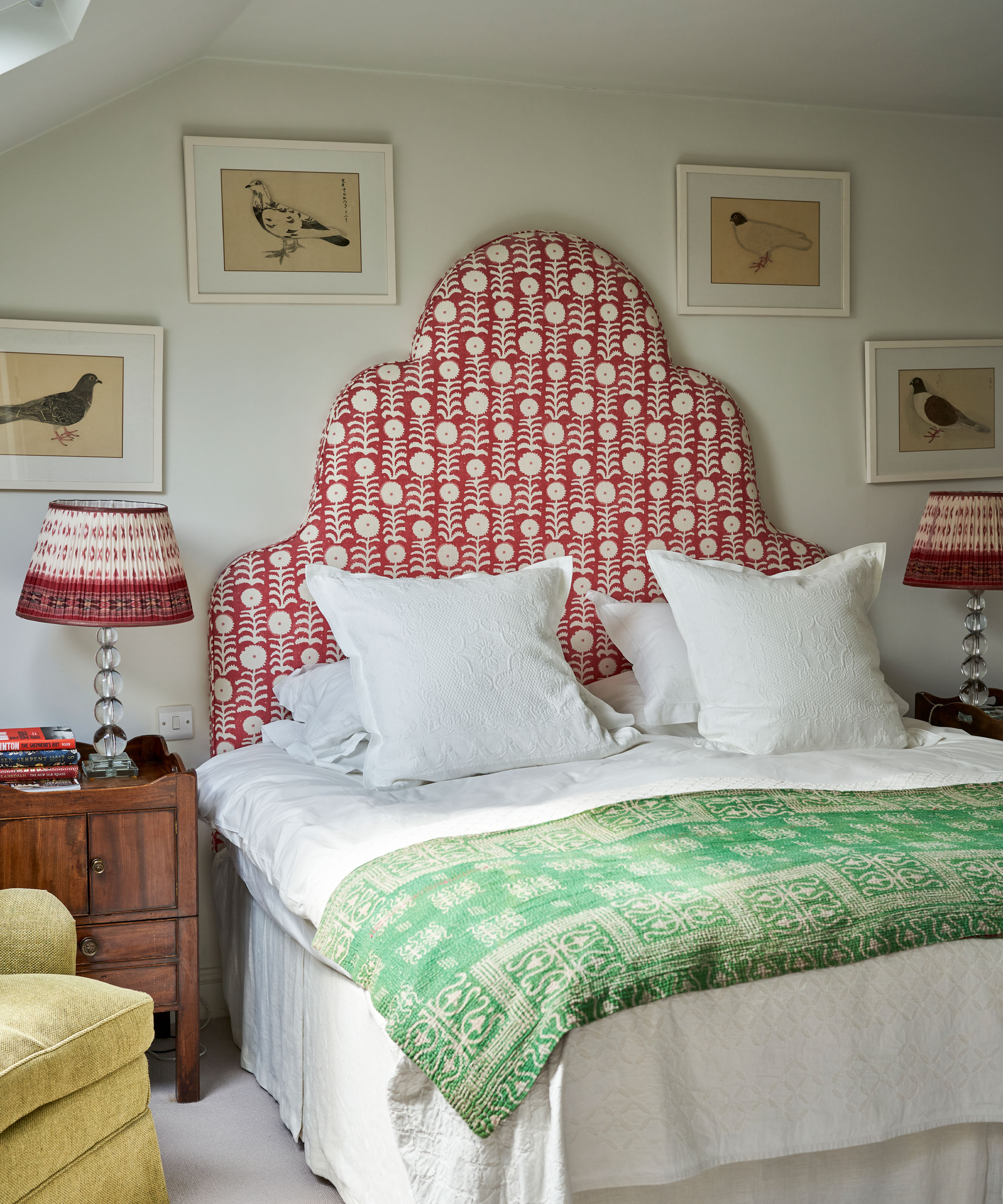
There’s a tendency with bedrooms to think that one size fits all and that we need the same furniture in the room, whatever its shape and size. But working with the room’s dimensions makes it easier to create a cohesive space.
Amy Youngblood, founder of Amy Youngblood Interiors explains, ‘I typically like the bedside tables to match if there is ample room on both sides of the bed, especially with a king bed. In cases where the room is oddly sized or laid out with only one person using the bed, mixing up side tables that complement each other with the larger on the more used side will work when done well.’
Claire Garner shares similar sentiments, ‘Whilst there is no hard and fast rule, I tend to favor matching bedside tables for my designs as think it creates a pleasing symmetry. Our exception would be when needing to be clever with space, in which case we will often add a bedside table on one side and a dresser on the other.’
Don’t be afraid to be bold
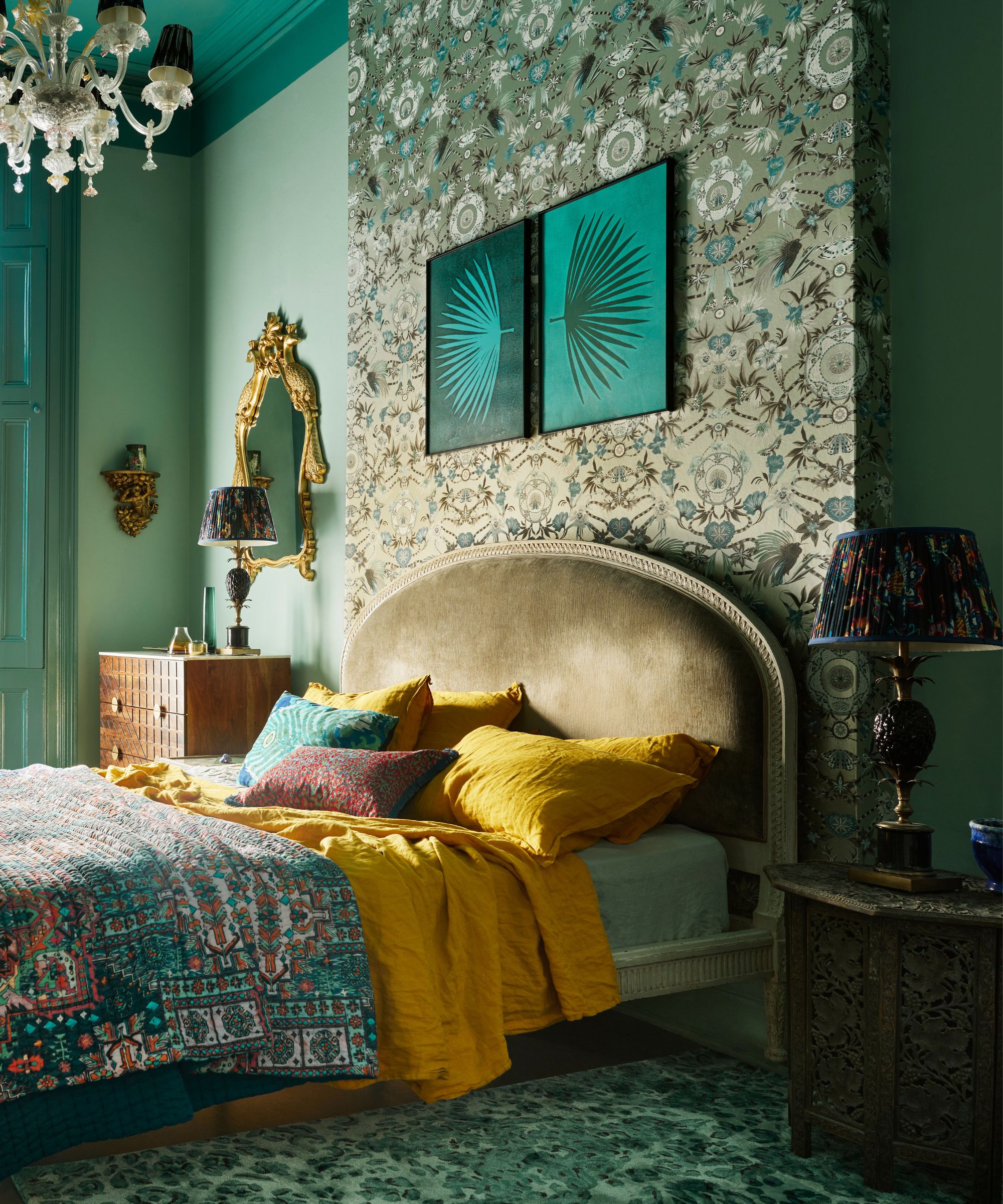
‘I always say that design is subjective and there are no hard and fast rules when it comes to it,’ says interior designer Matthew Williamson. ‘Matching bedside tables can create a symmetrical and cohesive look, but there is an elegance in subtle asymmetry that can bring a room to life. A thoughtful combination - perhaps one bedside table with a rich, textured surface paired with another in a wooden finish can add depth and character.’
Martin Waller agrees, ‘Bedside tables that match can certainly create a sense of harmony, but there's something wonderfully intriguing about the unexpected pairing of different styles, textures, or eras. It’s in these contrasts that a room truly comes to life, reflecting the unique personality of its owner. A bold mix might juxtapose a sleek, modern table with a vintage piece, or perhaps blend materials like metal and wood.’
As Nick Cryer says, ‘Opting for mismatched bedside tables is a bold decision, and it communicates that the room’s owners are individuals with a strong sense of independence.’ Don’t be afraid to leave your own individual mark on a room – choosing mismatched bedside tables is a great place to start.
Sign up to the Homes & Gardens newsletter
Design expertise in your inbox – from inspiring decorating ideas and beautiful celebrity homes to practical gardening advice and shopping round-ups.

Jo Plumridge is a freelance writer and photographer with over 20 years of experience writing for a variety of magazines, websites and books. She writes, perhaps unsurprisingly, about photography, but also on all things interior design and sleep-related, alongside reviews of home and tech products. Jo loves exploring the latest design trends, although she’s yet to find a carpet that doesn’t show up the cat hair from the cats she and her husband foster.
-
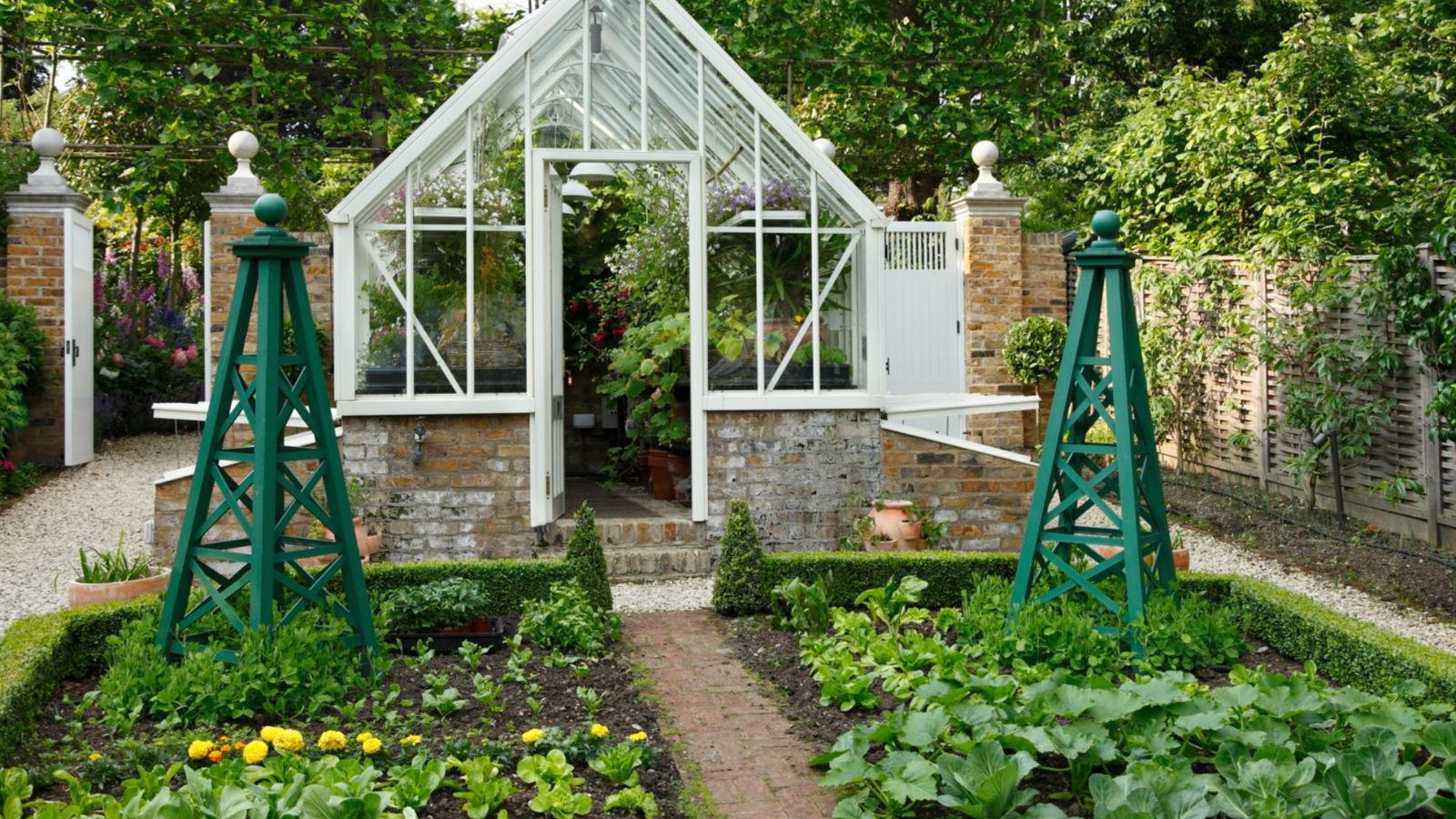 The long-awaited ALDI $40 raised bed garden planter is finally back, and it is perfect for small gardens and apartments
The long-awaited ALDI $40 raised bed garden planter is finally back, and it is perfect for small gardens and apartmentsThis highly-rated wooden planter sells out every year, so be fast
By Jennifer Ebert Published
-
 Best types of delphiniums – 14 stunning varieties for vibrant flower spikes in your yard
Best types of delphiniums – 14 stunning varieties for vibrant flower spikes in your yardPlants Here are our top types of delphiniums for brightening summer borders
By Holly Crossley Published
-
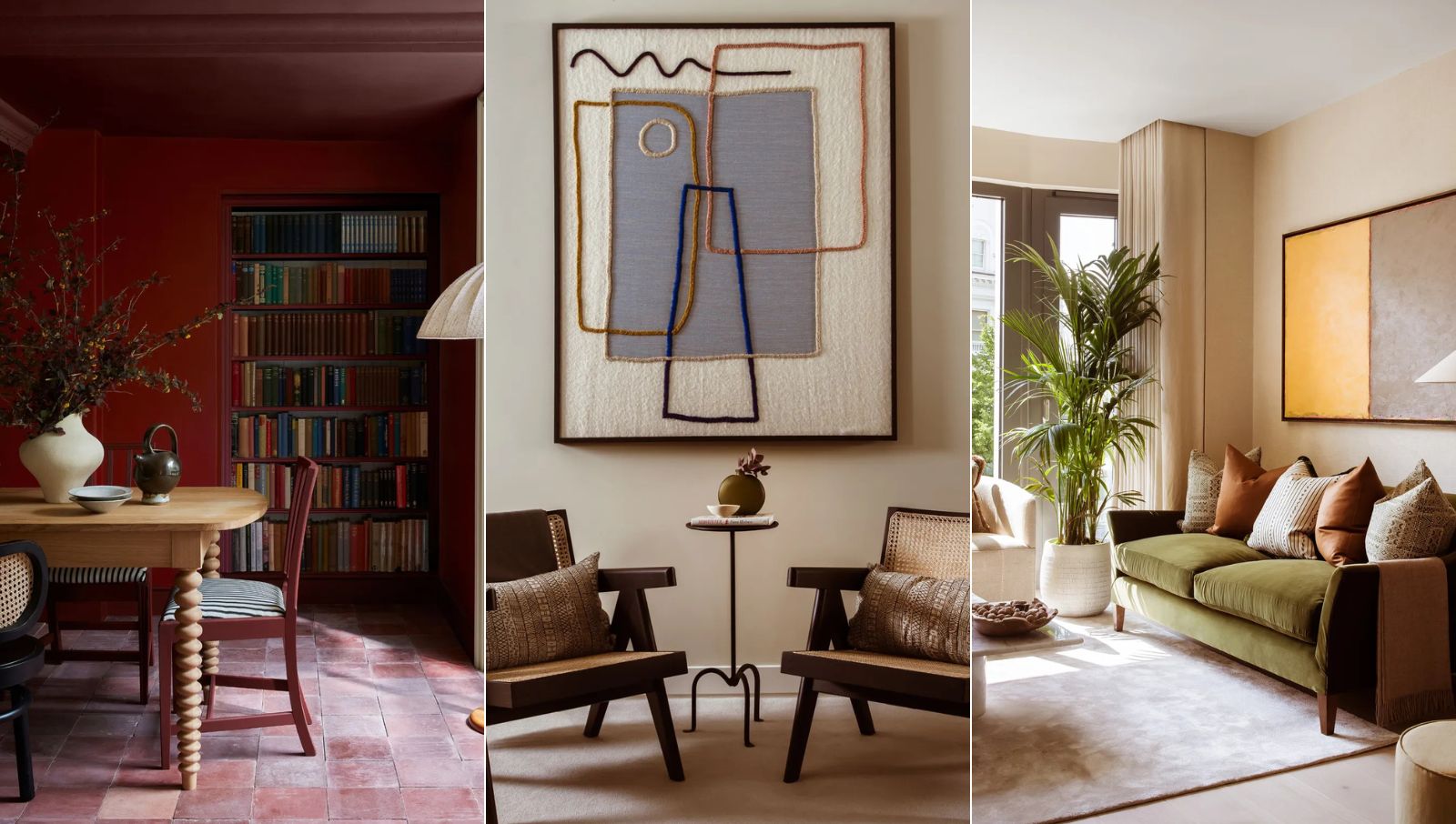 I just spent 3 days in Belgium – 5 enduring trends that will never fade – and you'll want to replicate them all
I just spent 3 days in Belgium – 5 enduring trends that will never fade – and you'll want to replicate them allFrom a warm, rich color palette to plenty of textural accents, here are the interior trends from Antwerp that I have been coveting
By Jennifer Ebert Published
-
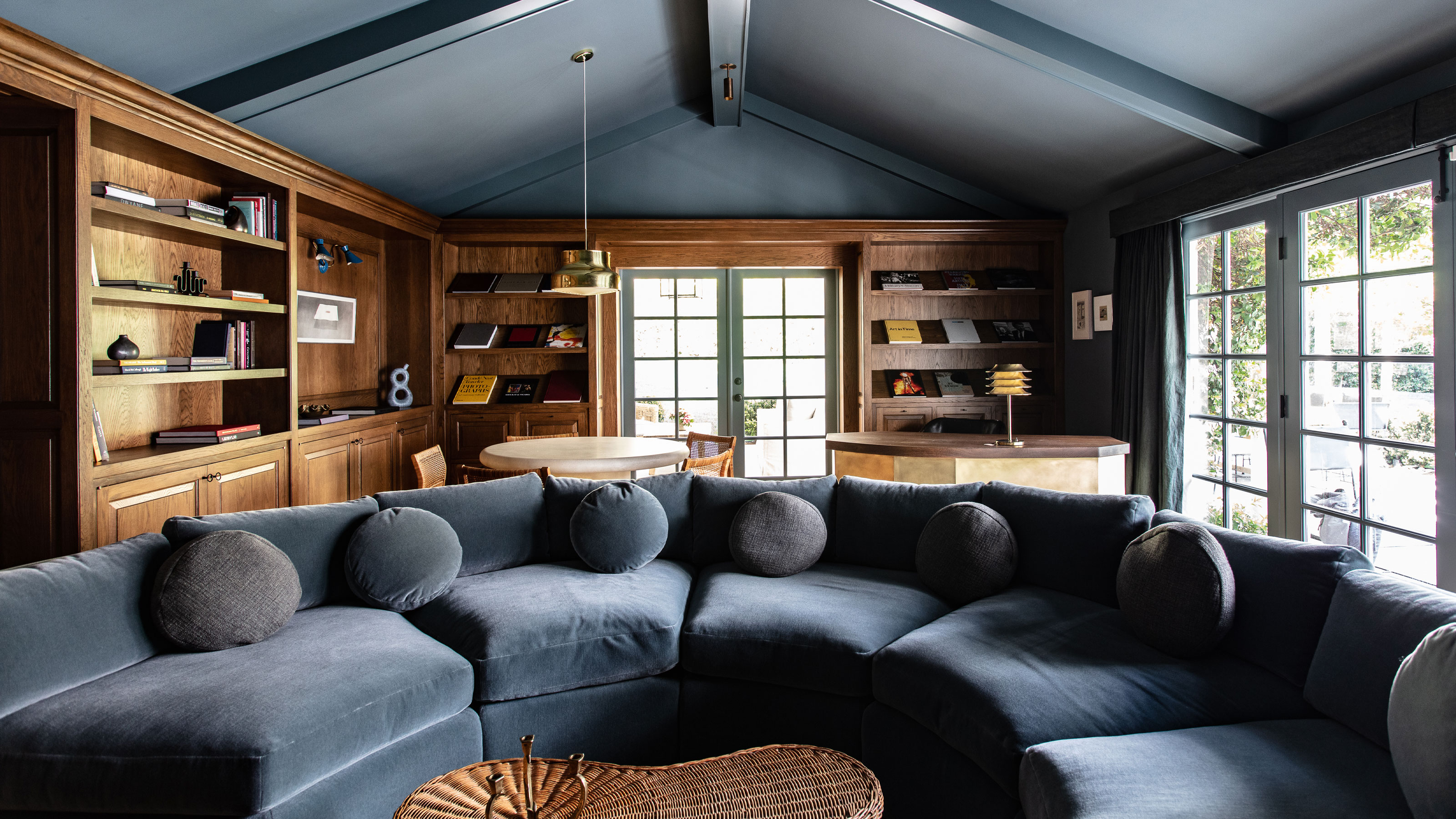 6 things stylish people always do with their interiors – learn from the experts on how to elevate your home
6 things stylish people always do with their interiors – learn from the experts on how to elevate your homeThere are some common themes that the world's most stylish fall back on, and these tricks will elevate every home
By Pip Rich Published
-
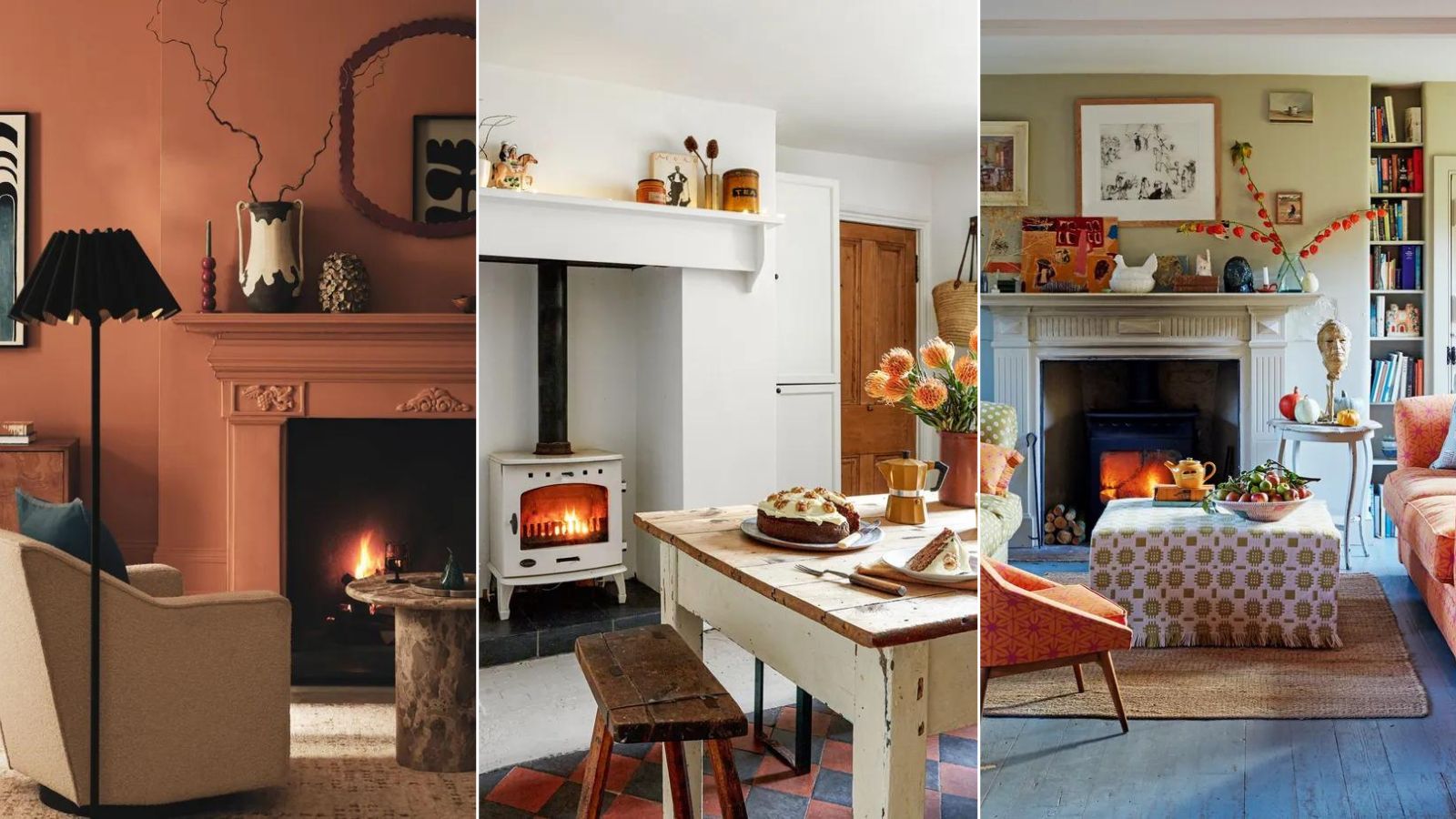 Fall fireplace ideas – 10 ways to create a cozy seasonal focal point
Fall fireplace ideas – 10 ways to create a cozy seasonal focal pointWhether you have a working fireplace or an empty fireplace, these fall fireplace ideas are perfect for creating a warm and inviting centerpiece
By Pippa Blenkinsop Published